5 Human Resource Management Basics Every HR Professional Should Know
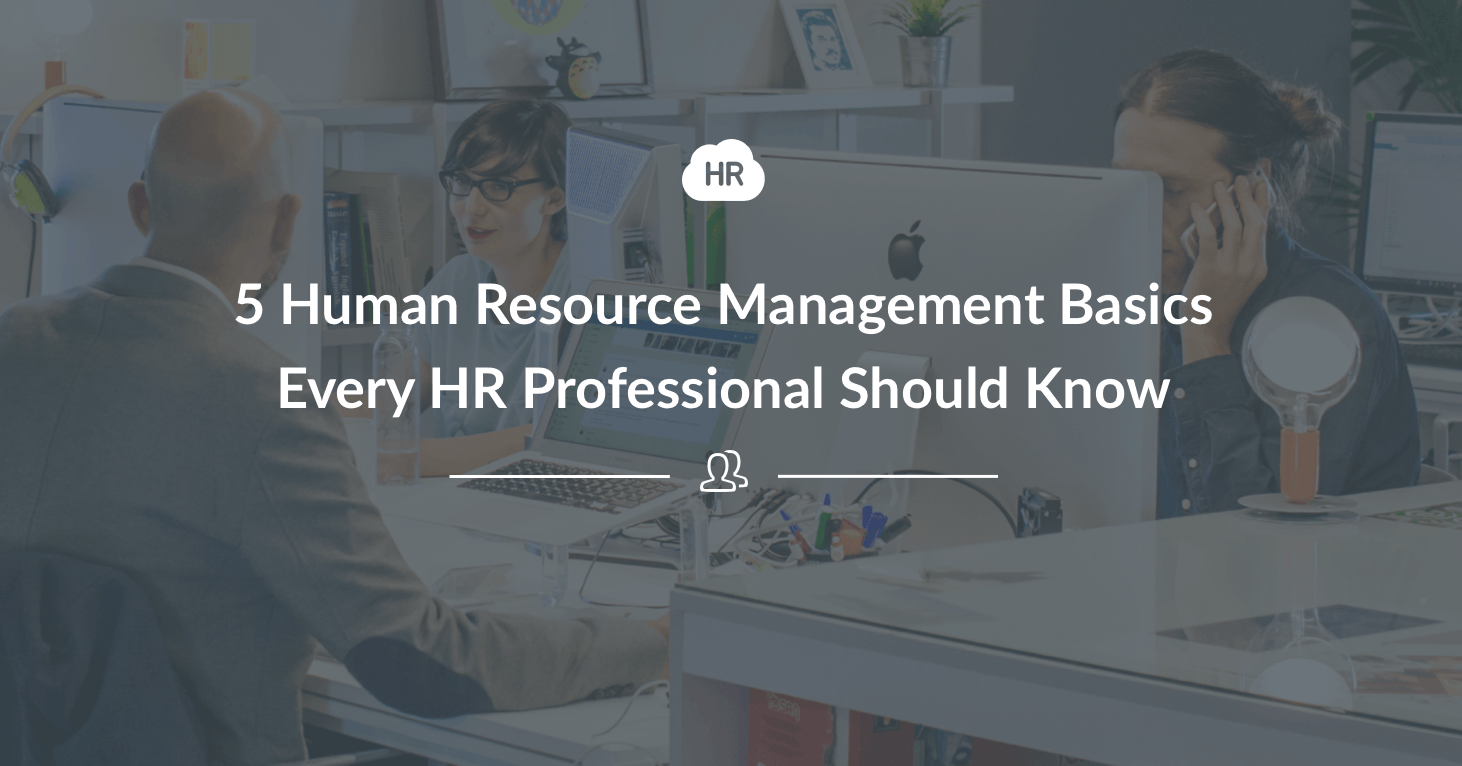


 Cut onboarding time
by 60%—here's the
Ultimate Checklist
that helped do it.
Cut onboarding time
by 60%—here's the
Ultimate Checklist
that helped do it.

Your most valuable and long-term investment will generally be employees. Hiring, training, managing, and promoting employees is costly. At a certain point, the initial investment is overcome by the value such workers bring to your business. Getting there requires solid HR administration and effective human resource software.
The problem with most HR business models is the subconscious attitude HR personnel acquire from the name of their department. "Human Resources" is a faceless title that by dint of suggestion pigeonholes unique individuals into the identity of gears in a machine. They're not a person, they're a resource.
Now, HR people don't always have an attitude that way; they are themselves, after all, one of those "resources". But often that attitude predominates, and it can be troublesome. So the first step to better HR management is getting rid of that attitude. Following, we'll briefly explore five additional considerations you may want to take into account for the best results in workforce management software implementation and overall HR strategy.
1. A Trajectory for Employees From New Hires to Tenured Staff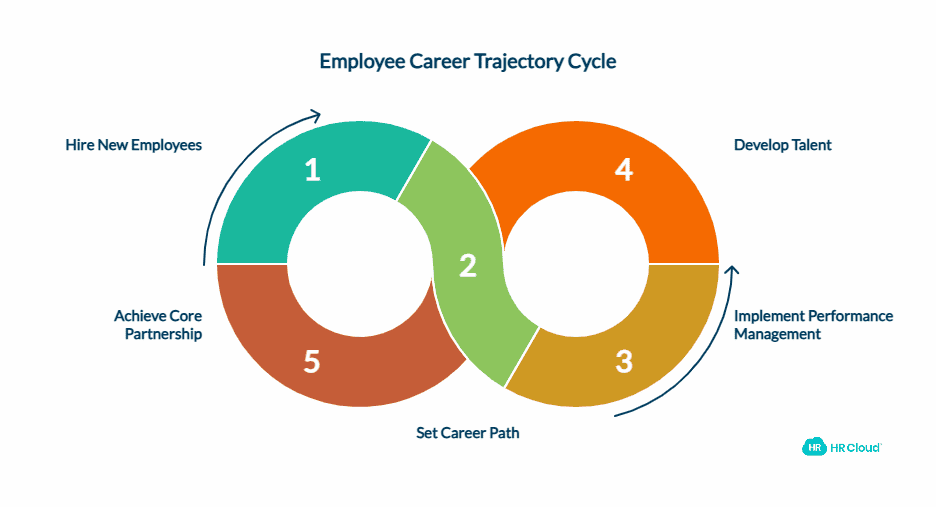
First things first: your employees need to have a "target"; a trajectory— a career path. When you hire, it's like throwing a dart. The "path" is the trajectory on which you throw. A bullseye is a new hire becoming a core partner in your business. So they need to have a ladder they can climb. New employees need to be launched on a trajectory toward an endpoint. This is where a performance management system comes into play, guiding employee growth and development throughout their career. Effective talent management and employee development strategies are crucial for creating this trajectory.
2. The Aftermath: What Went Right, and What Went Wrong?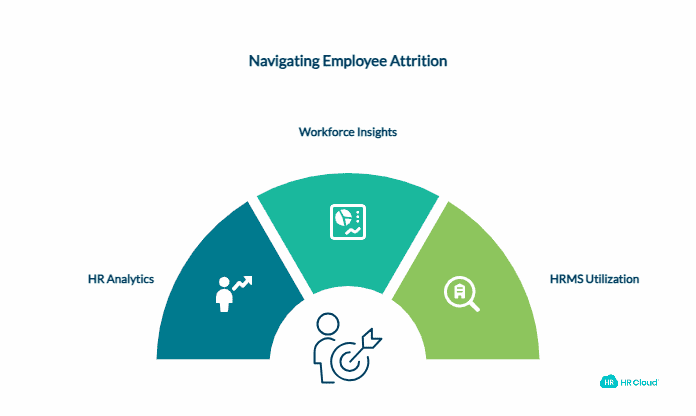
Just as not all darts hit the bullseye, not all employees will become long-term members of your business's team. There is attrition, and you need to keep careful metrics so you know what things contribute to that attrition. This is where HR analytics and workforce insights can provide valuable data.
Sometimes factors are within your company's control, sometimes they're not. As an HR professional, you need to have relevant data available through your HRMS (Human Resource Management System). Utilizing HR metrics and workforce analytics can help you make data-driven decisions to improve employee retention and overall HR efficiency.
3. Finding the Right Management Software
Employee benefits are sort of like a bank's cash roll. If there's a "run" on the banks, the bank closes down, because all the cash is withdrawn; so banks need protective measures to keep that from happening. If there's a "run" on paid time off, that's a problem; management protocols are necessary.
As an example, if you're dealing with many employees who have varying levels of time off, you might want to look into HRMS software built around PTO management and benefits administration. For a handful of employees, keeping PTO straight isn't so complicated. The bigger the organization, the more of an infrastructural management challenge this becomes.
If everyone took their time off at the same time, then the company may not be able to properly produce. With an HR management system, you can assure there are never any overlaps and maintain efficient workforce management. The best HRMS software will include features like employee self-service portals, leave management, and payroll management to streamline these processes.
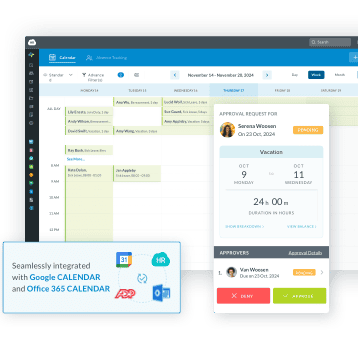
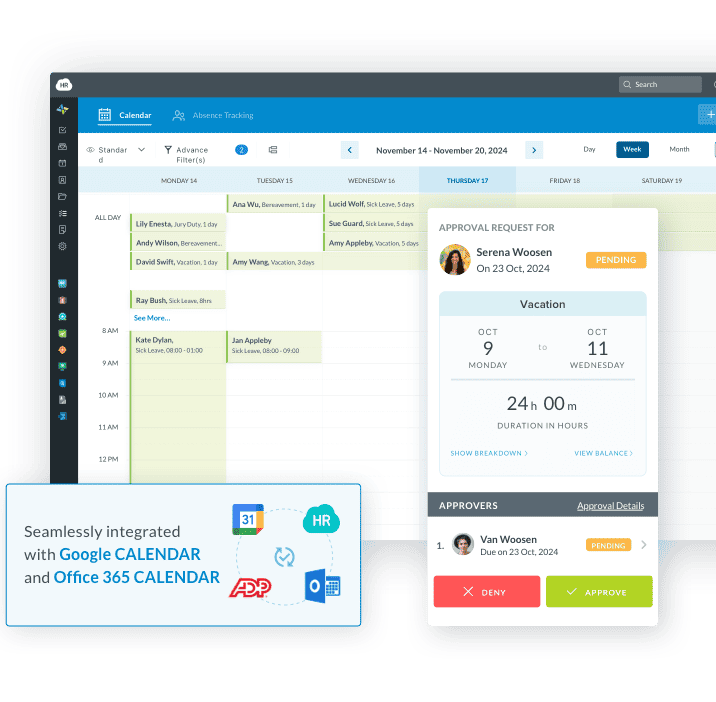
4. The Human Element: Don’t Be Faceless
Just because you're dealing with human investments doesn't mean you should treat them like faceless livestock. The rancher who is well-known to his livestock, and trusted by them, tend to have healthier animals.
As an HR person, you should form what professional relationships you can with employees on a human level. Ultimately, this will facilitate a better return on personnel investment. Implementing employee recognition programs through your HRMS platform can help foster these relationships and improve the overall employee experience. Focus on employee relations and creating a positive workplace culture to enhance employee engagement and satisfaction.
5. Often Under-Hiring is Better Than Over-Hiring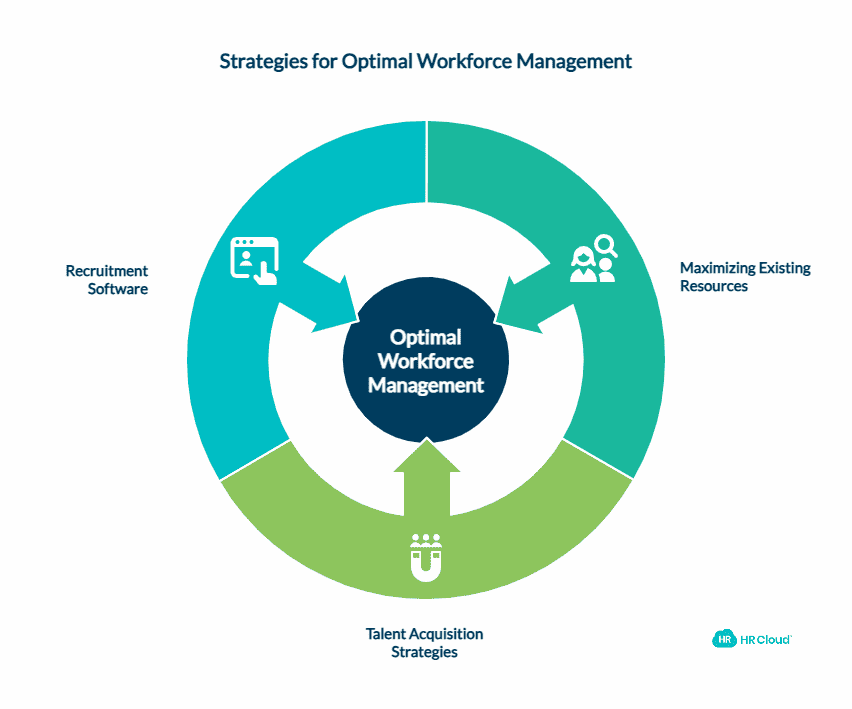
When you've got too many people on staff, some are going to be sitting around twiddling their thumbs all day. That's bad for operational budgets, but it's also bad for employee morale.
As they say, idle hands are the devil's workshop. Idle employees will get into trouble. Instead of over-hiring, try to maximize existing resources, only expanding as necessary. Effective workforce planning using HR software solutions can help you strike the right balance. Utilize talent acquisition strategies and recruitment software to ensure you're hiring the right people at the right time.
Making the Most of Staff Through Solid HR Protocols
It's better to under-hire than over-hire. HR professionals should also forge true relationships with personnel. Strong HRMS systems help you keep all your little managerial ducks in a row.
Keeping records of what worked and what didn't over the course of an employee's tenure with your organization helps you optimize hiring in the future. Lastly, plan a trajectory for new hires and implement performance tracking systems to guide their growth. This includes setting up a robust employee onboarding process and regular performance reviews.
Such tips should help you more efficiently manage HR and personnel throughout your organization. The larger the business, the more prescient best practices in HR become. So do your homework, and make the right choices here. Implementing the right HRMS platform and workforce management tools can significantly streamline your HR processes and improve overall efficiency.
Consider cloud-based HR solutions that offer HR automation features to reduce manual tasks and increase productivity. Look for HR software packages that include comprehensive employee data management, compliance management, and HR reporting capabilities. The right HR technology can transform your HR operations and contribute to better human capital management across the board.
 Discover how our HR solutions streamline onboarding, boost employee engagement, and simplify HR management
Discover how our HR solutions streamline onboarding, boost employee engagement, and simplify HR management

Keep Reading
The Hidden Metrics of Frontline Success: Beyond Engagement Scores
"What gets measured gets managed, but what gets measured well gets transformed." — Peter
Embracing Diversity: Recognizing Different Cultures in the Workplace
Workplaces today reflect the incredible diversity of the world around us. People bring
From Manual to Automated: A Complete Guide to Digitizing Employee Onboarding for Large Organizations
Sarah Chen, Director of HR at a 7,000-employee healthcare organization, starts her Monday
Like What You Hear?
We'd love to chat with you more about how HR Cloud® can support your business's HR needs. Book Your Free Demo

Build a Culture of Recognition. Boost Engagement. Guaranteed.
Workmates empowers employees to stay informed, connected, and appreciated—whether they’re on the front line, in the office, or remote. Recognition drives 12x higher engagement.Trusted by industry leaders in every sector




Cut Onboarding Costs by 60%.
Take the confusion and follow-ups out of onboarding with automated workflows, digital forms, and structured portals—so new hires ramp faster 3X quicker.Trusted by industry leaders in every sector




